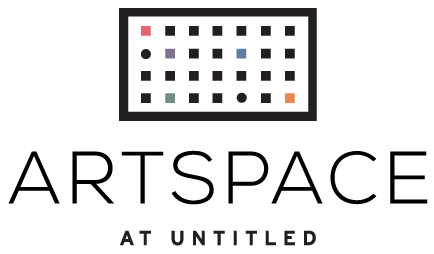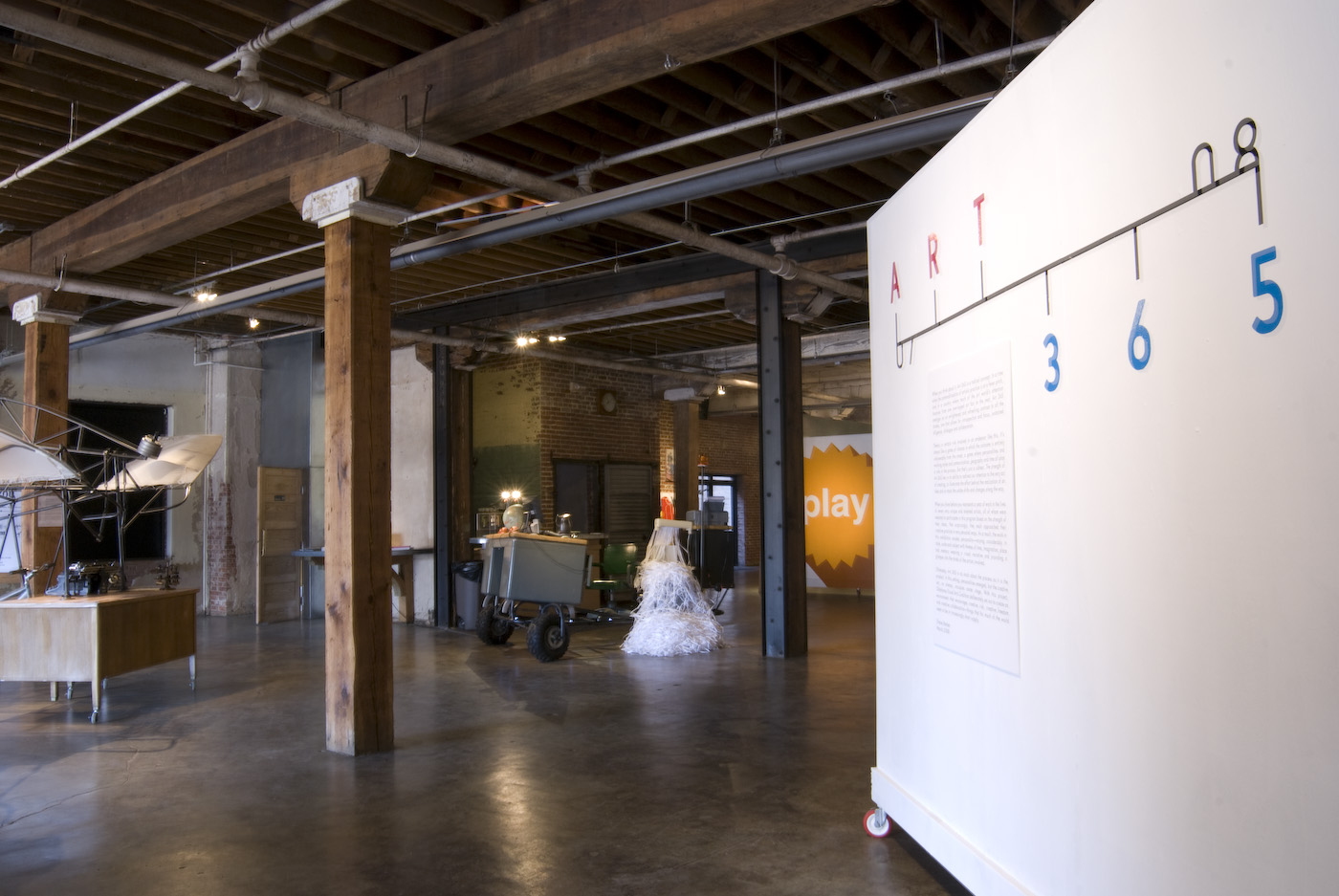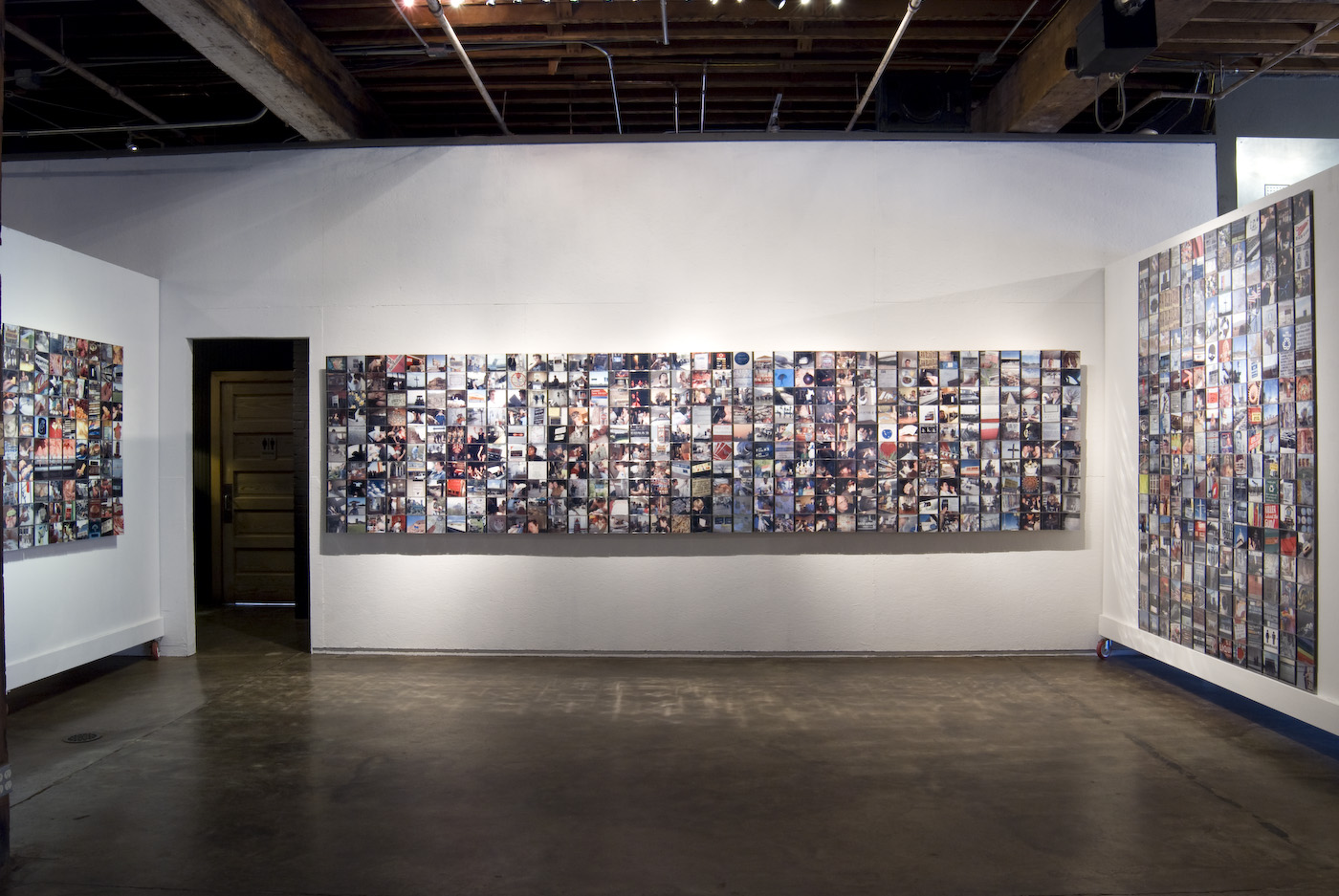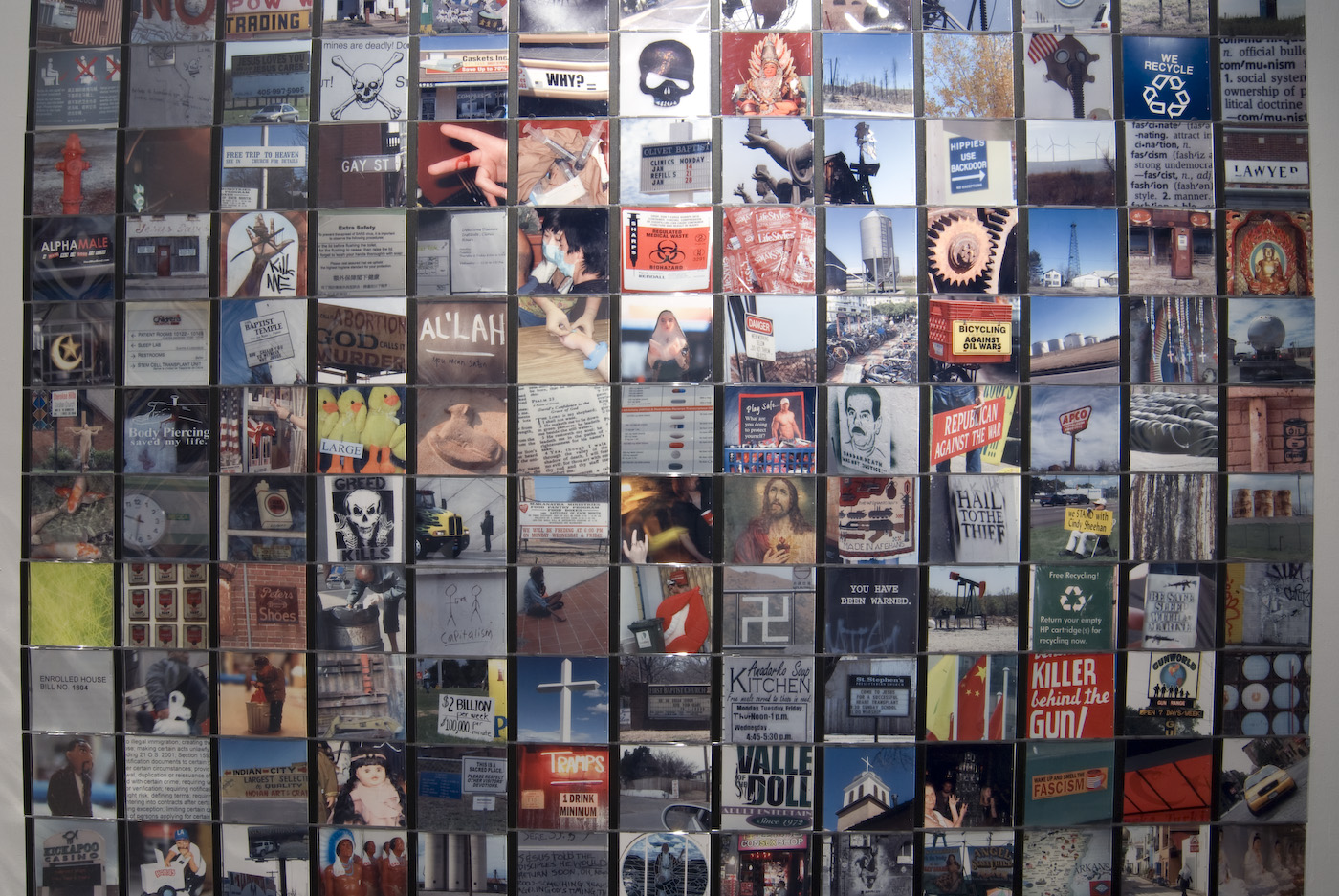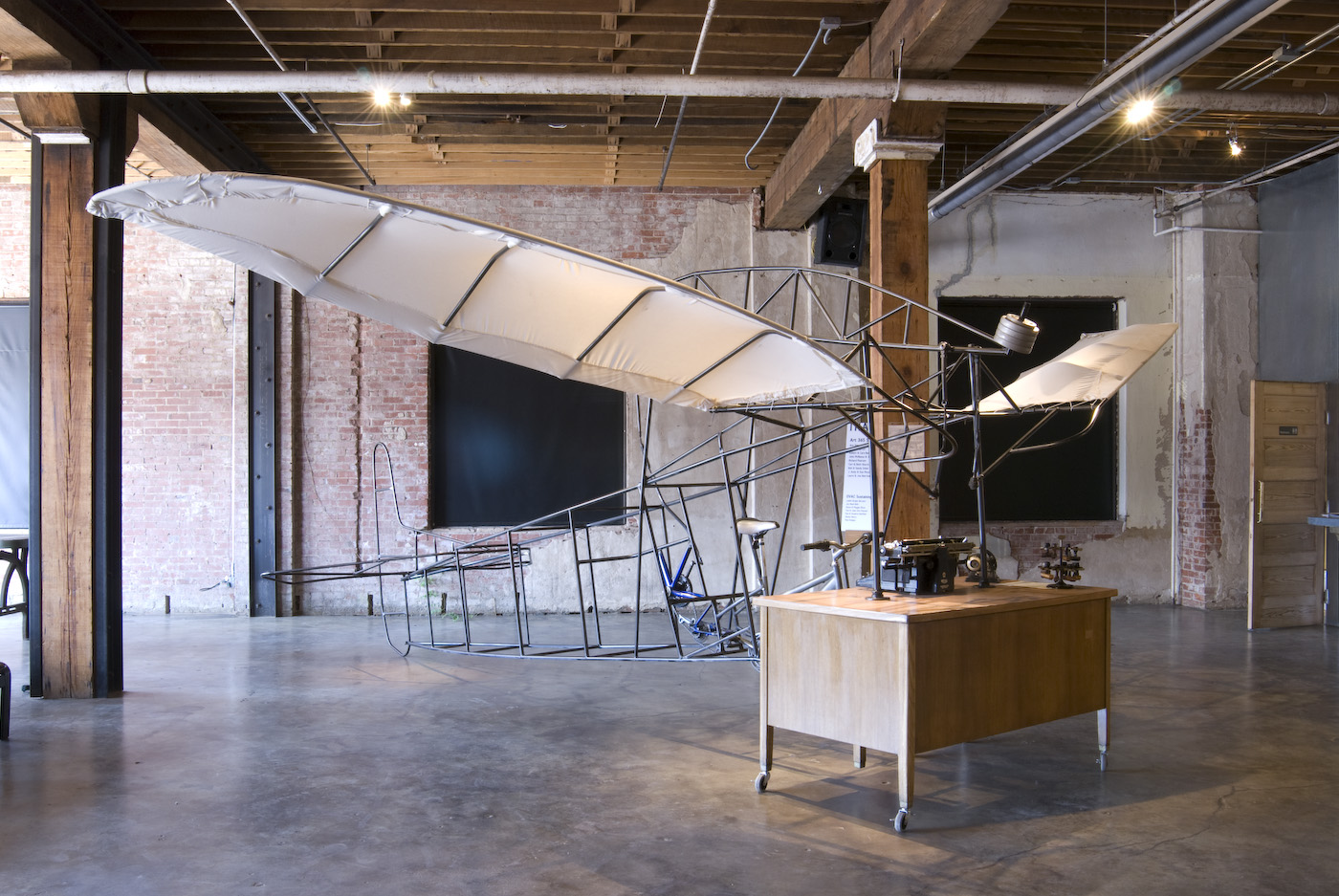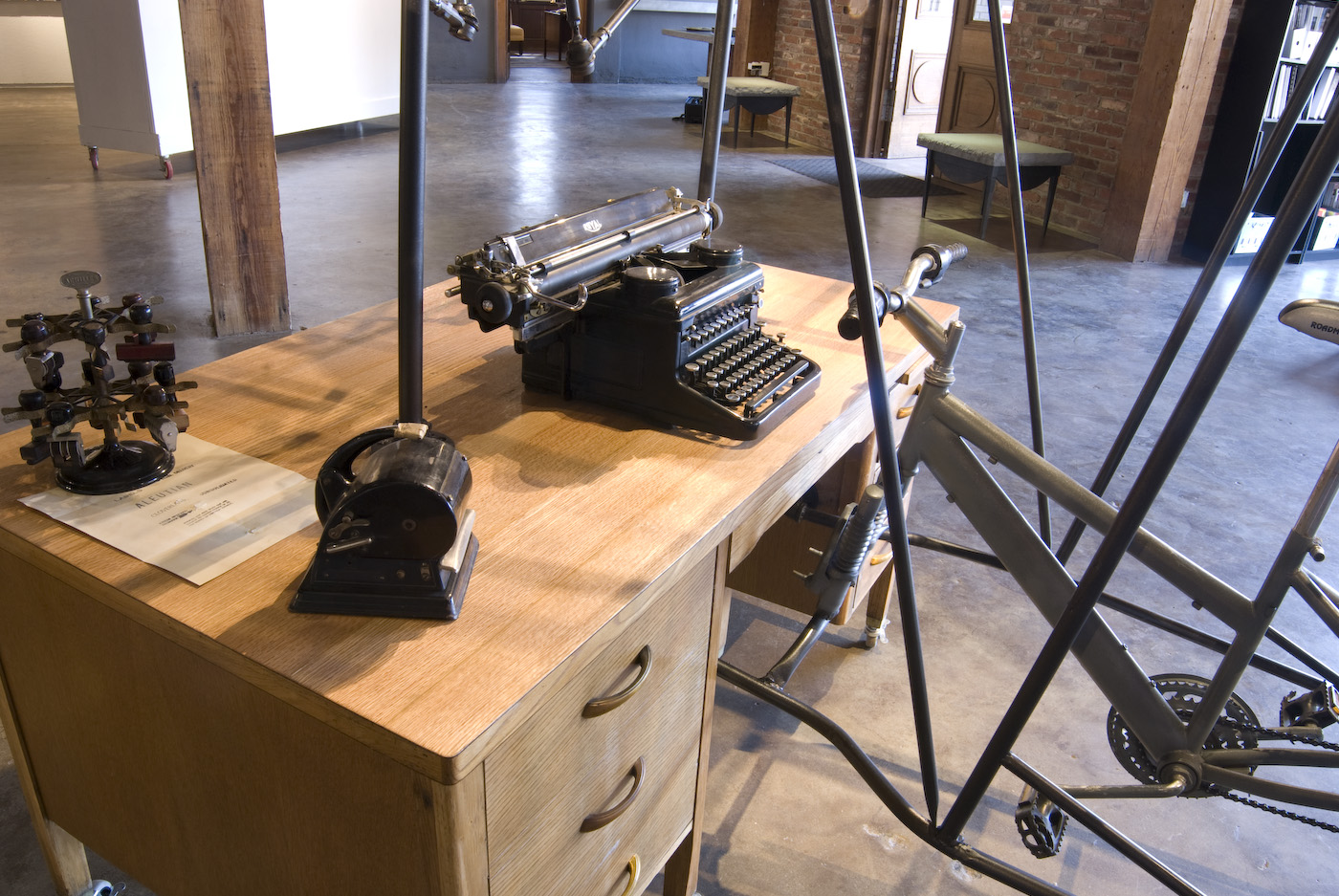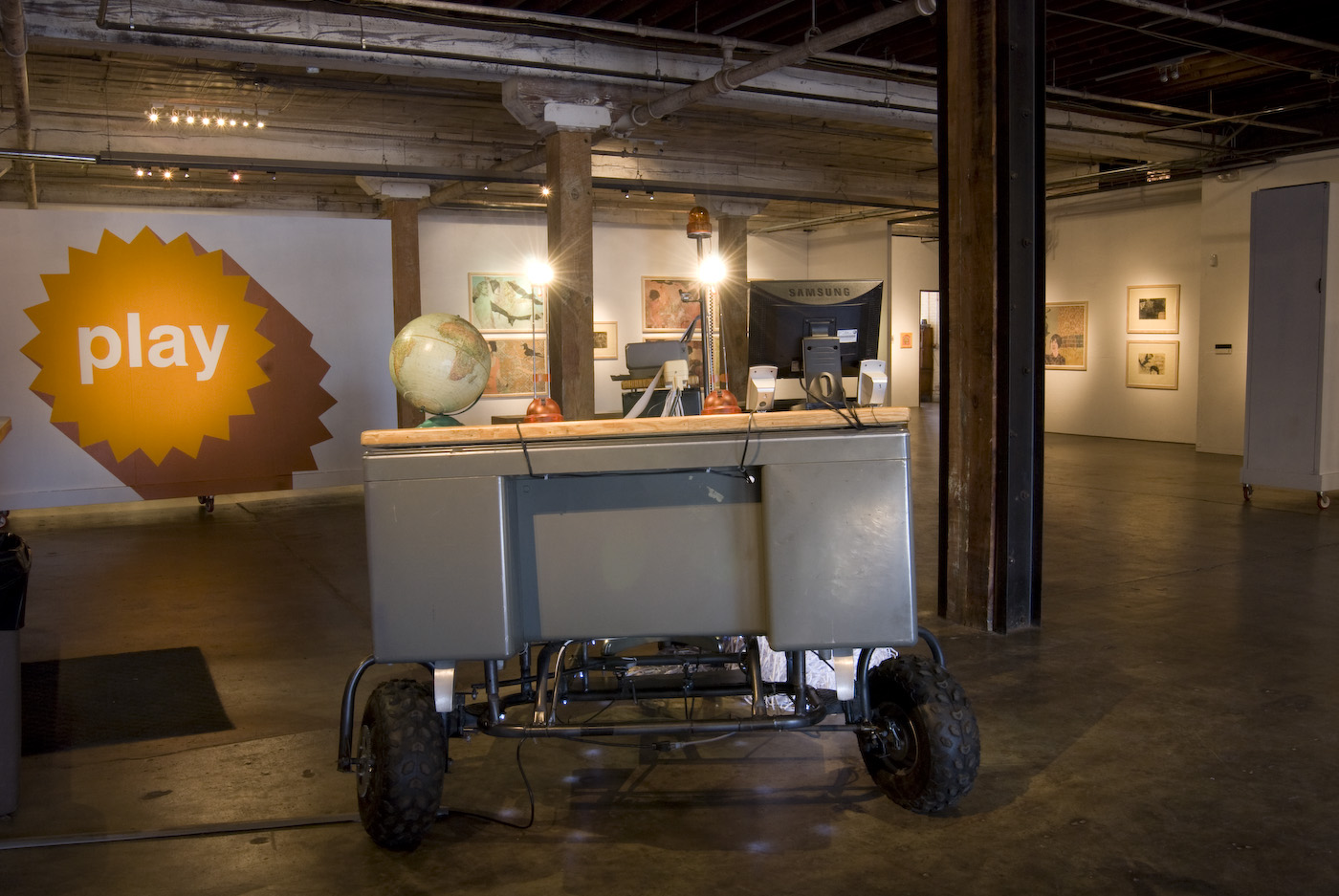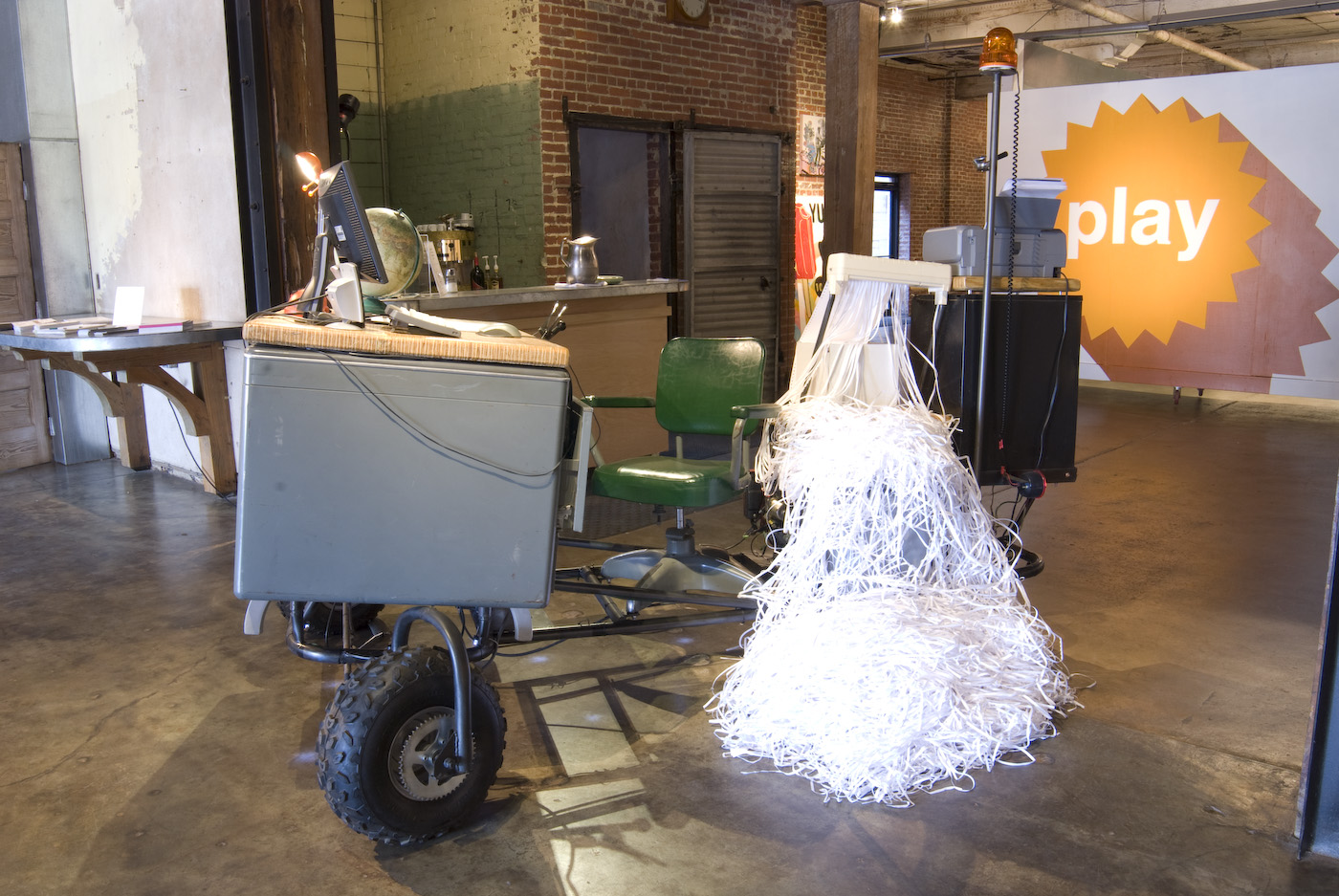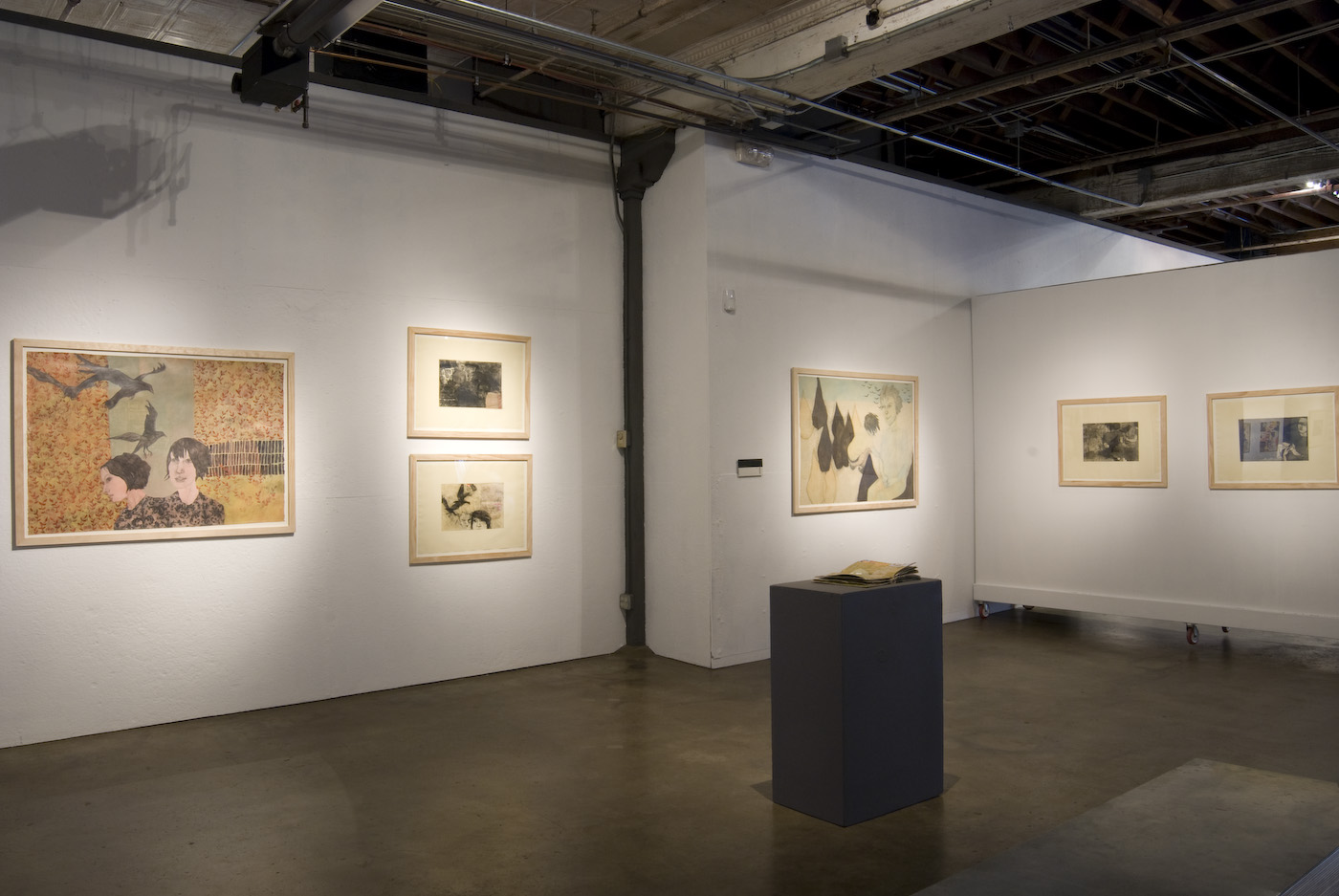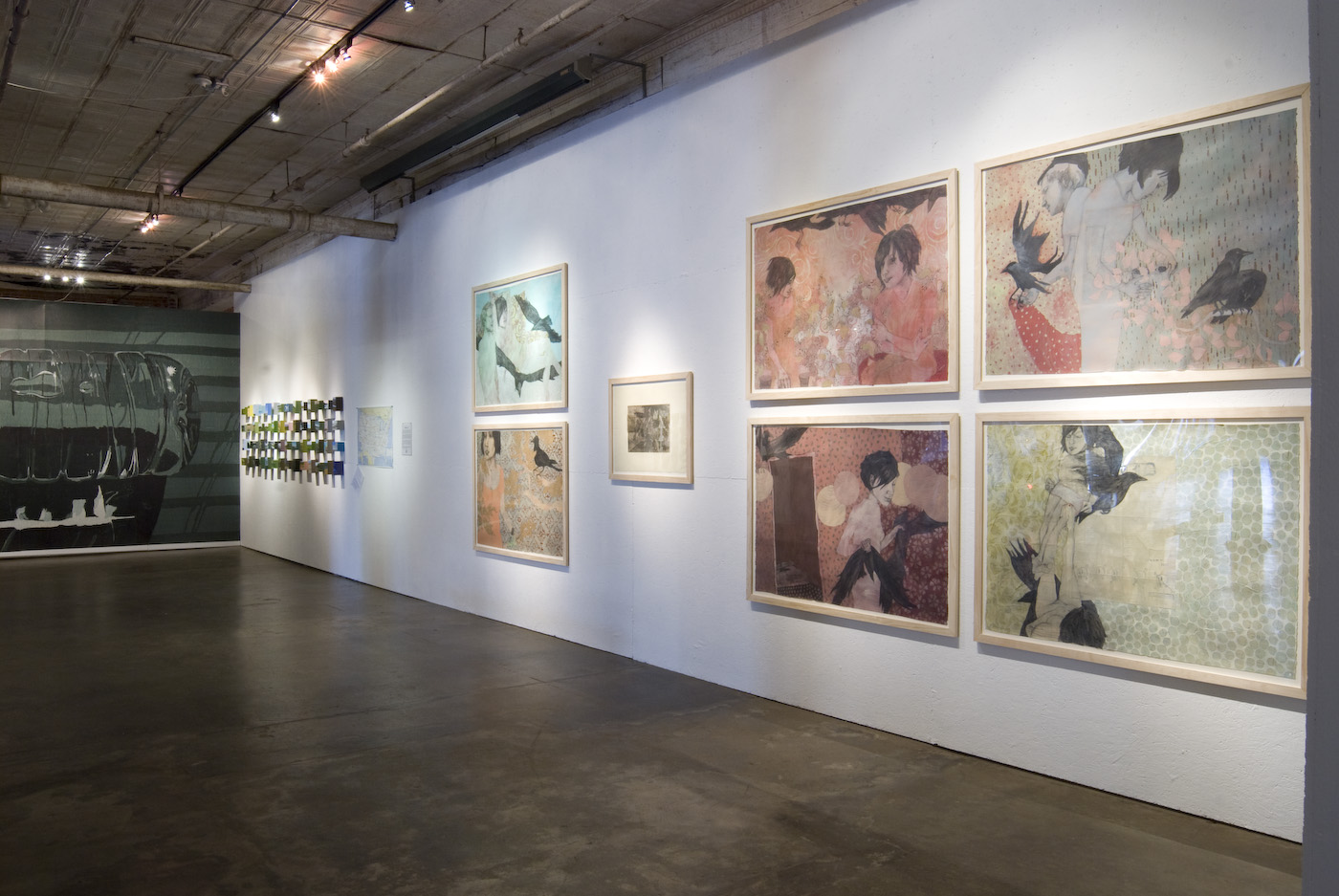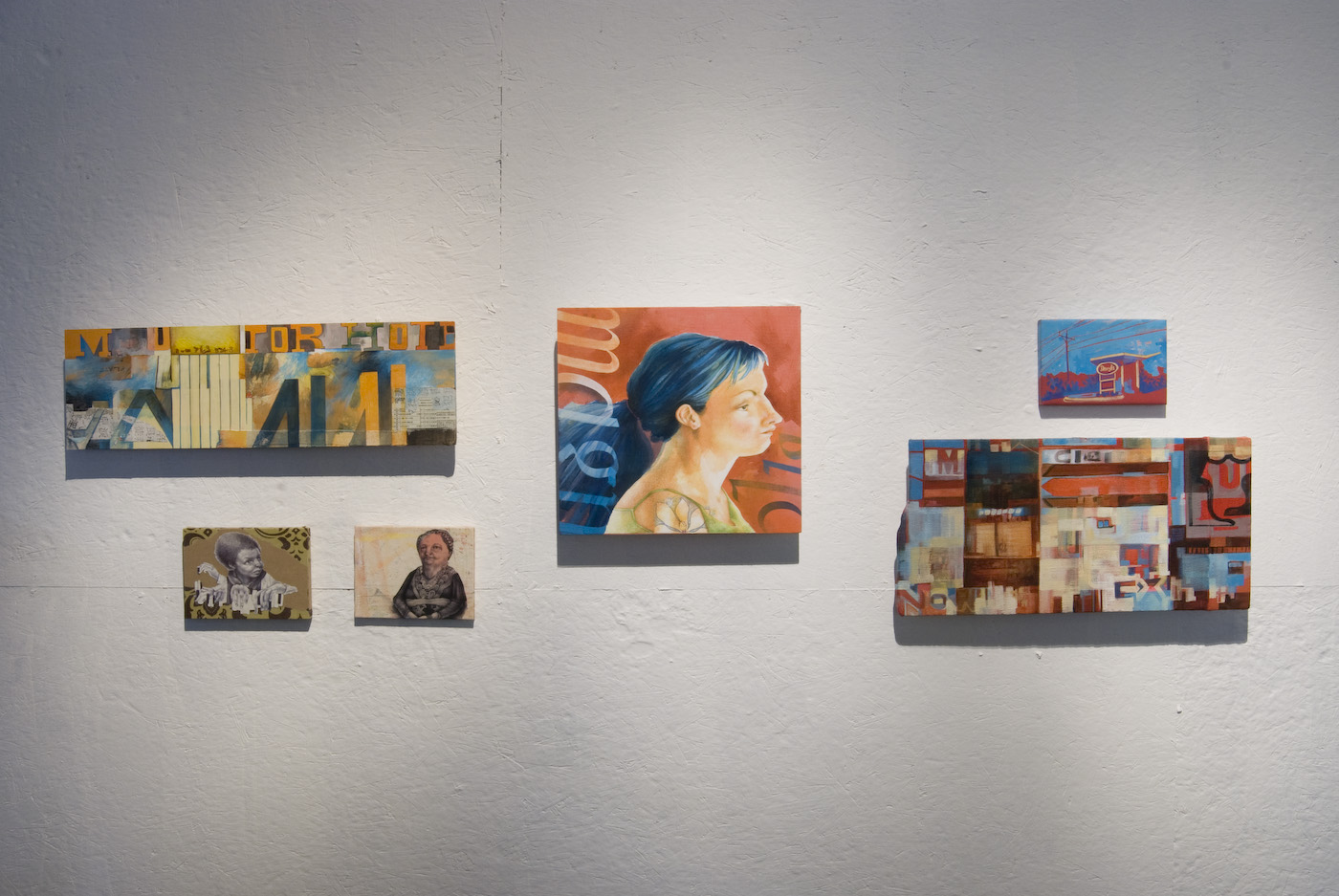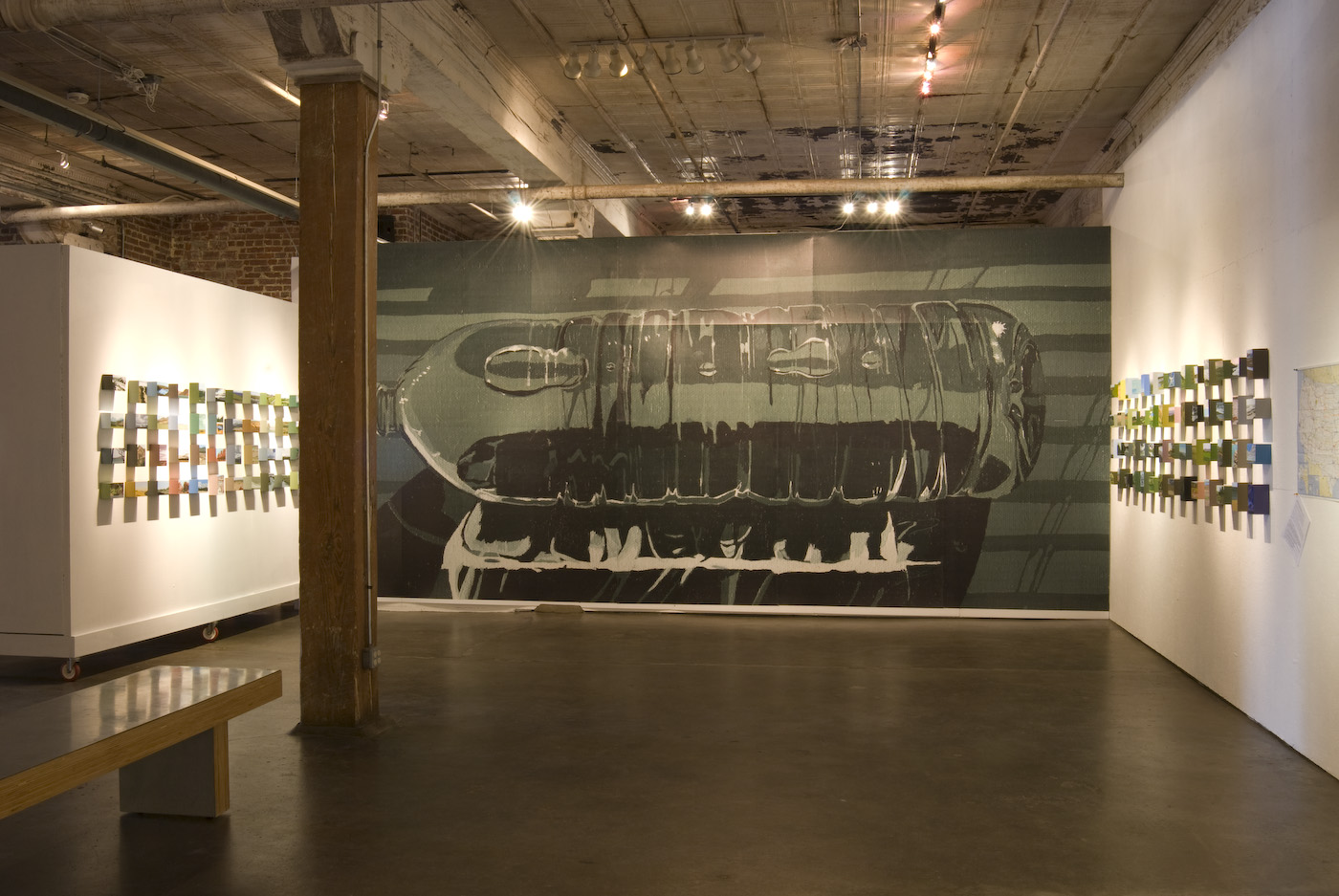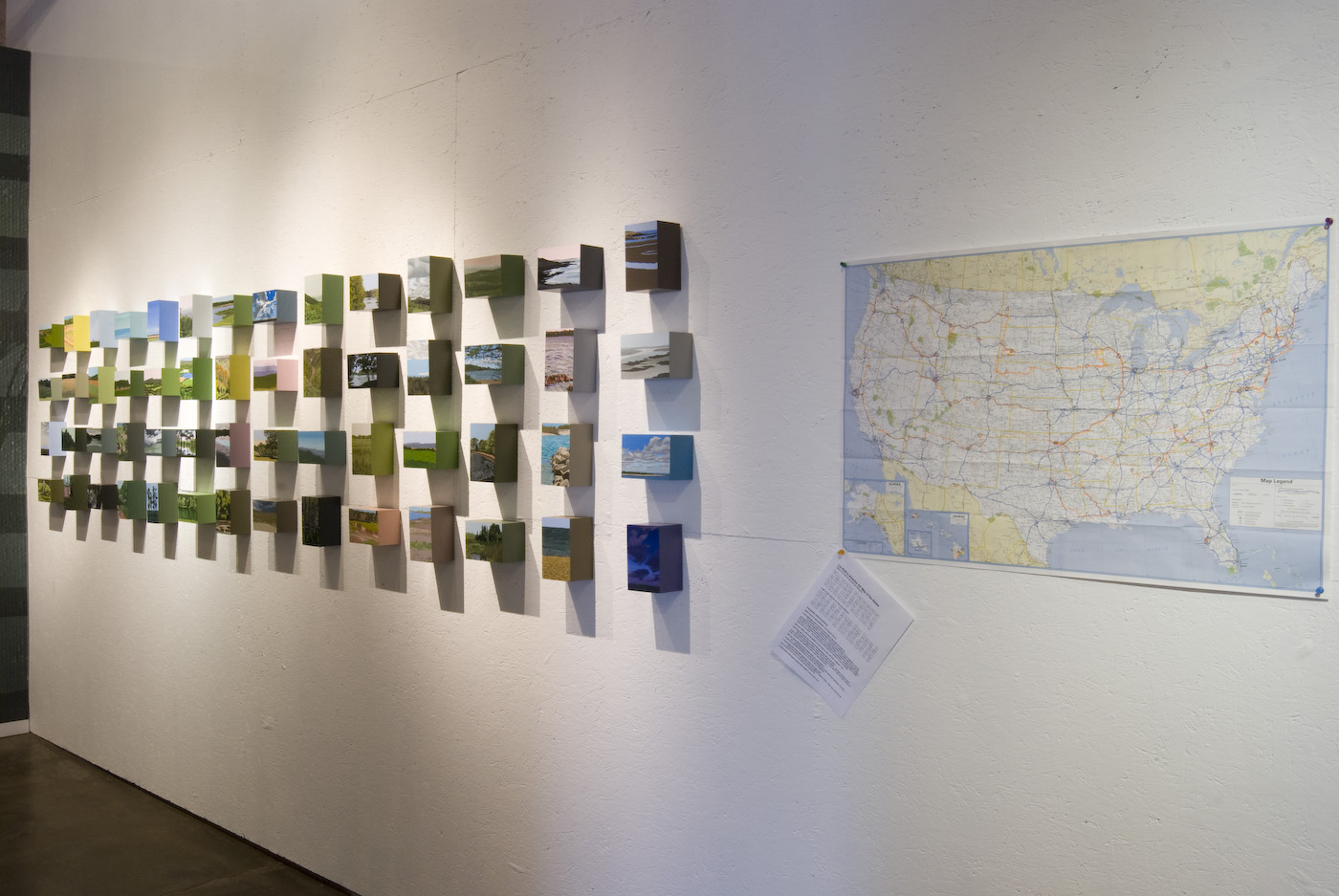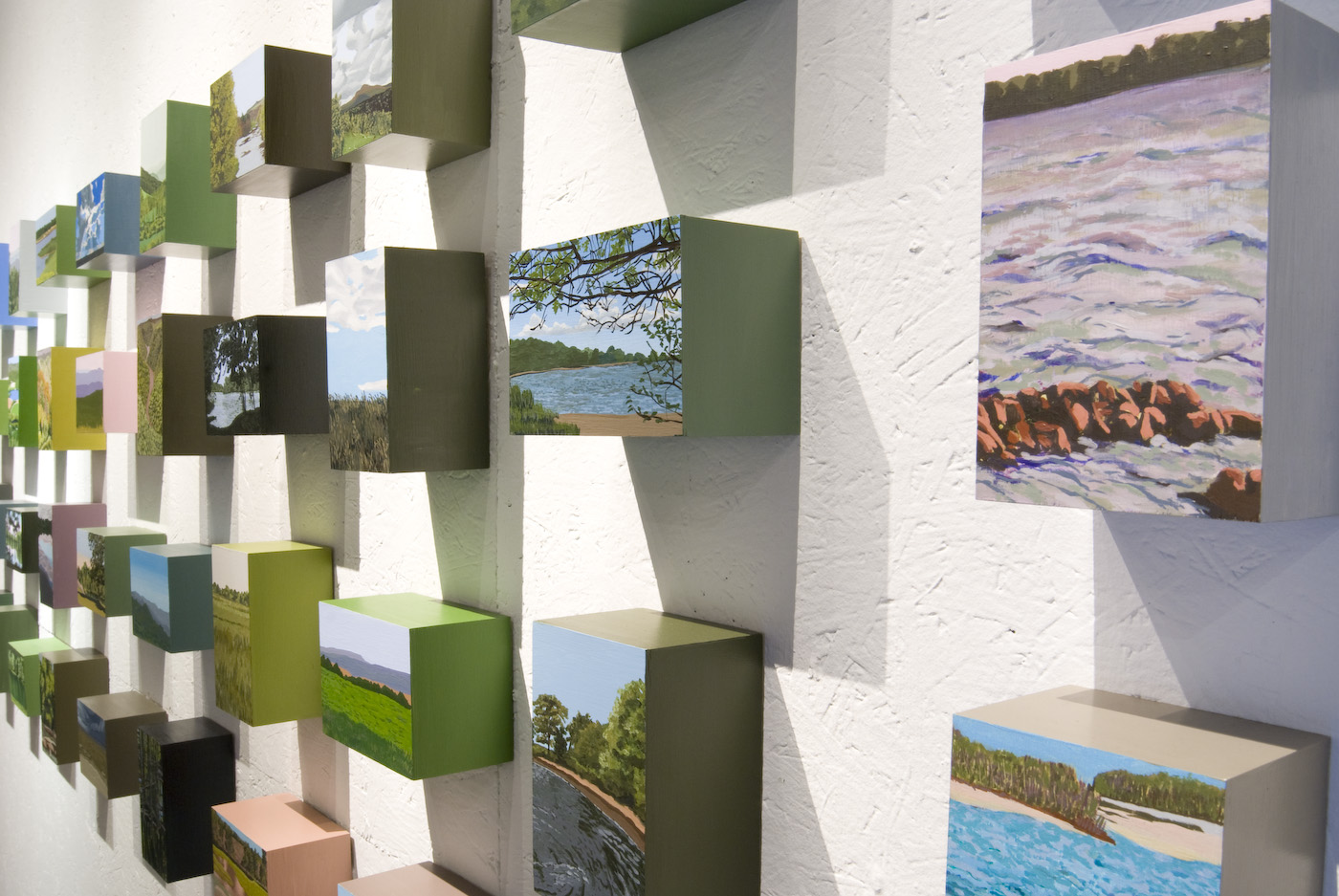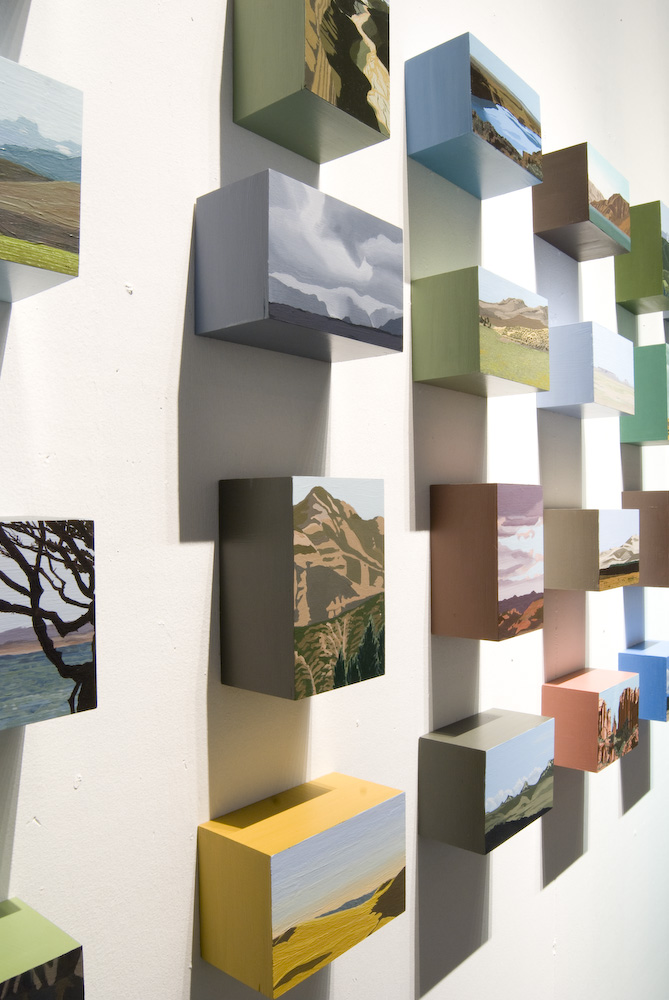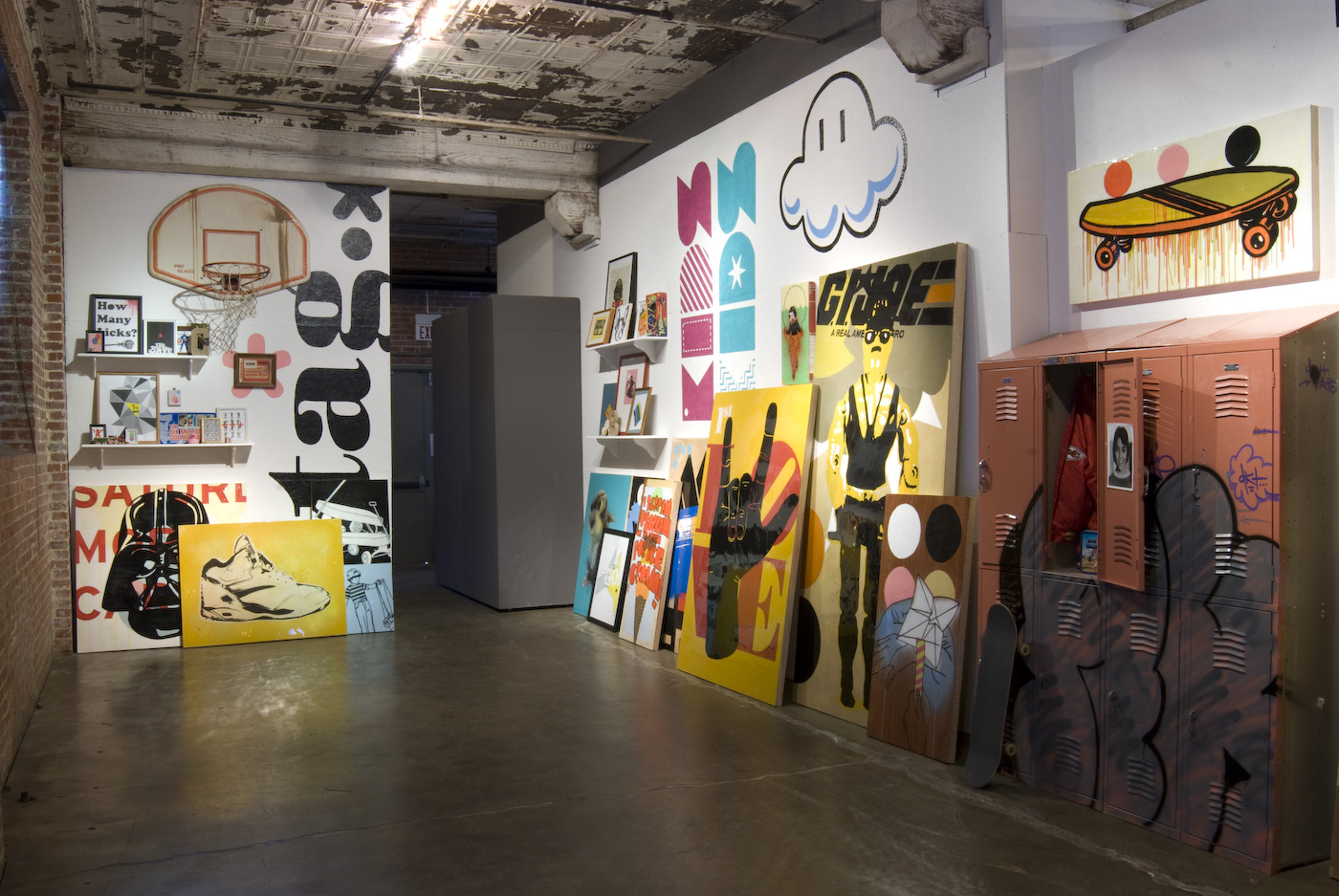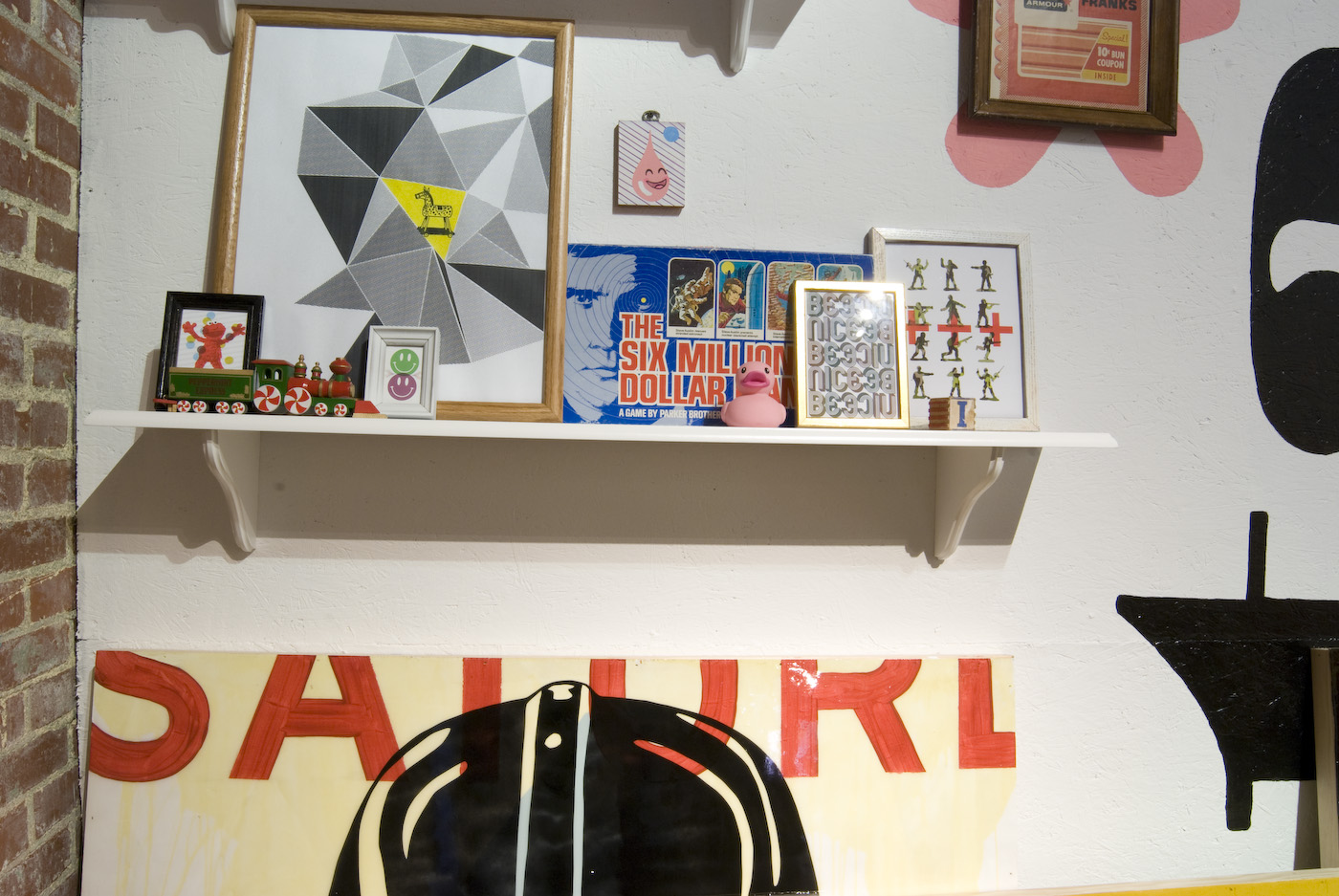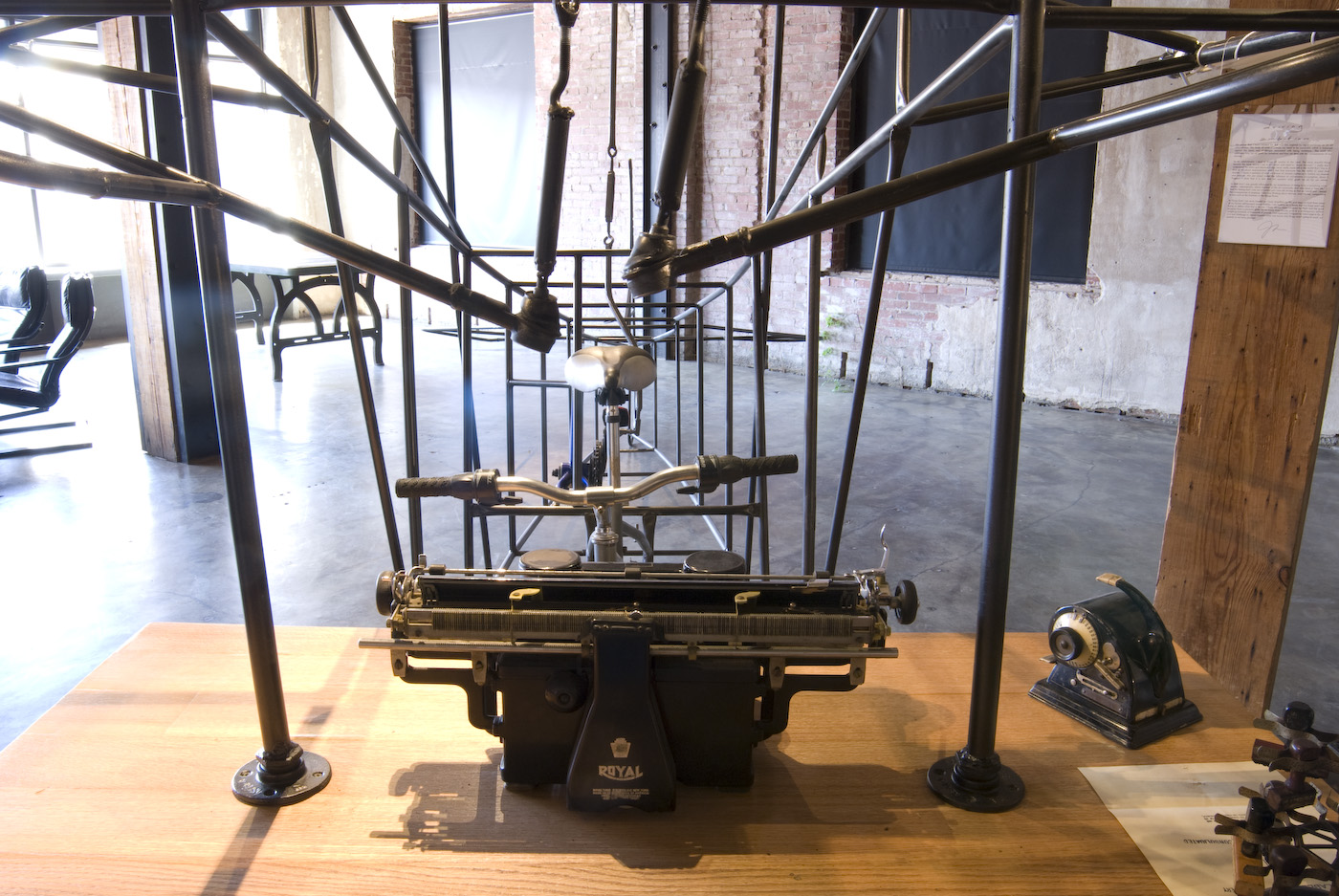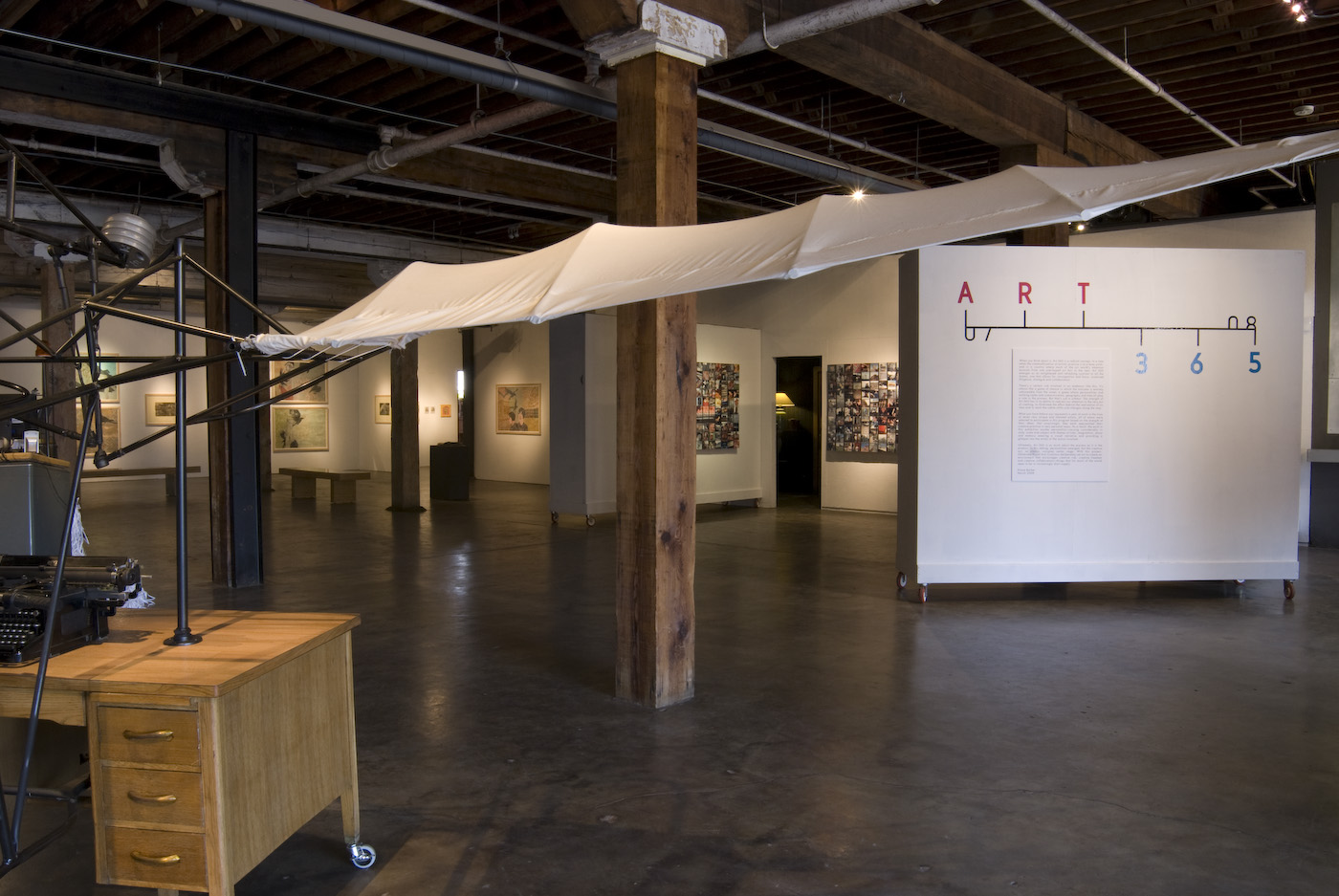Art 365
March 14 - April 26, 2008
Through a statewide call for proposals, a group of Oklahoma artists were selected to receive $10,000 grants from the Oklahoma Visual Arts Coalition. Sarah Atlee, Betsy Barnum, Joseph Daun, Ashley Griffith, Liz Roth and Darshan Phillips and Aaron Whisner in a collaboration called Live4This, spent 2007 working with curator Diane Barber to create six bodies of work that represent the talent pervading the state’s artistic community. Art 365 at Untitled [ArtSpace] combines their individual points of view and media, ranging from interactive sculptures to painting, into a diverse exhibition of Oklahoma visual art.
It's interesting to consider that lifelong neighbors could be complete strangers. When Julia Kirt approached me in 2006 about participating in the experiment that would become Art 365. I didn't quite know what to expect. What I did know was that it would provide me with an opportunity to get to know, in great depth, the richness of the creative community in my neighboring state of Oklahoma. What I didn't anticipate was just how unusual this experience would be.
hen you think about it, Art 365 is a radical concept, in a time whern the commoditization of artistic practice is at a fever pitch, and in a country where much of the art world's attention bounces from one over-hyped art fair to the next, Art 365 emerges as an enlightened and refreshing contrast to all the drama, one that allows for introspection and focus, sustained diligence, dialogue and collaboration.
The resulting exhibition represents a year of work in the lives of seven very unique and talented artists, all of whom were selected to participate in this program based on the strength of their ideas. Nor surprisingly, they each approached their creative practice in very personal ways. As a result, the work in this exhibition exudes personality - varying considerably in style, scale and subject with themes of time, imagination, place and memory weaving a visual narrative and providing a glimpse into the minds of the artists involved.
- Diane Barber, Curator
Before the ink started drying on the first honorarium check we wrote to the artists, I began imagining their work. My vision was of artists feverishly working in their studios, focus and oblivious to their surroundings as they persevered to complete their artistic dream proposals.
My first studio visits for Art 365 helped demystify my personal concept of the artistic process, transforming it from a generic, however educated and well-meaning appreciation of artists' work. Curator Diane Barber was an able guide as we journeyed through the studios of the seven artists selected for the project. Seeing first hand the day-to-day challenges of a working artist provided me with a new and deeper understanding of the process of creation.
We met real people working in studios, spare rooms, garages and other working spaces, either trying to produce precisely what they originally envisioned or simply following their muse until they were pleased with the final product. Throughout this process, they were also dealing with real life issues including how to mount their art to the wall, build things bigger, focusing their energy and making their concepts clear. The artists were not necessarily channeling some magical energy into finished pieces, they were painstakingly working, shaping and producing their craft. Simultaneously they navigate the rest of their lives: jobs, family, health, etc. As is typical for all of us, their days were full of interruptions and tangents.
A receptive envoy, Barber pushed the artists to think beyond their initial proposals in scale, scope and depth. She asked the what they were making and thinking, looked at their created work, sketches and materials and generally pushed each artist past their individual comfort levels.
After a year of work, the opening reception took place. Their terrific artwork was installed. The exhibition looks splendid. Nevertheless, the real success stays in the artists working: their ruminations, garnering feedback, exploration of materials and construction, and, in effect, their creative process.
-Julia Kirt, Director of OVAC
